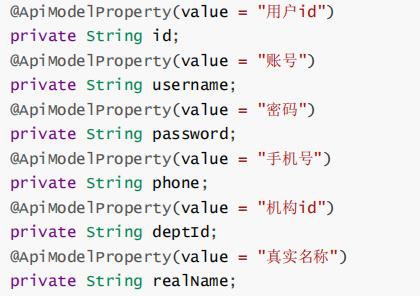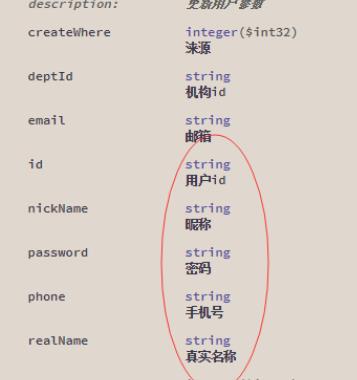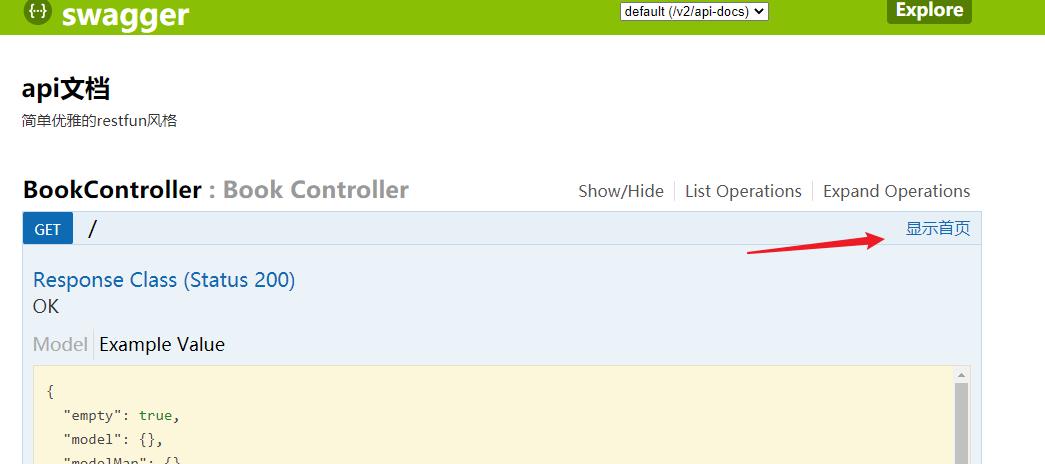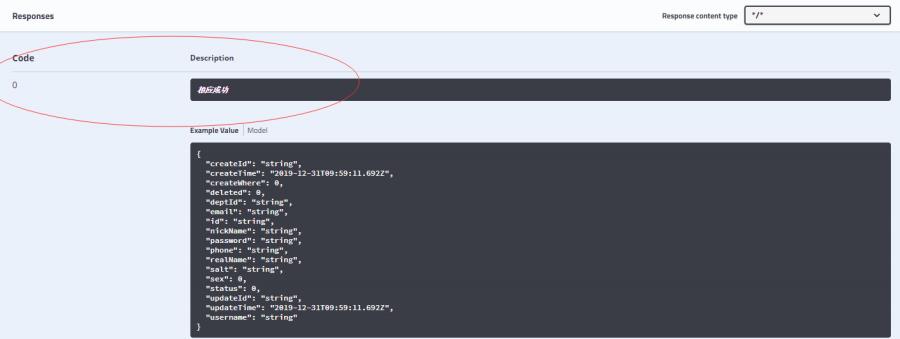Swagger2 常用注解使用及其说明
Posted 被雨遗忘的夏天
tags:
篇首语:本文由小常识网(cha138.com)小编为大家整理,主要介绍了Swagger2 常用注解使用及其说明相关的知识,希望对你有一定的参考价值。
目录
7、 ApiImplicitParam 和 ApiImplicitParams
Swagger2 常用注解使用及其说明
1、 Api
@Api 用在类上,说明该类的作用。可以标记一个 Controller 类作为 Swagger 文档资源。


2、 ApiModel
@ApiModel 用在类上,表示对类进行说明,用于实体类中的参数接收说明。
@Api(tags = "BookController")
@Controller
@ApiModel(value = "com.lishaoyu.BookReview.controller.BookController" ,description = "图书控制类")
public class BookController {3、 ApiModelProperty
@ApiModelProperty() 用于字段,表示对 model 属性的说明。


4、 ApiParam
@ApiParam 用于 Controller 中方法的参数说明。
@GetMapping("/getUser")
public SysUser getUserInfo(@ApiParam(value = "用户id",required = true) @RequestParam String id){
return userService.getUserInfo(id);
}
5、 ApiOperation
@ApiOperation 用在 Controller 里的方法上,说明方法的作用,每一个接口的定义。
/**
* 显示首页
* @return
*/
@ApiOperation(value = "显示首页")
@GetMapping("/")
public ModelAndView showIndex(){
ModelAndView mav = new ModelAndView("/index");
List<Category> categoryList = categoryService.selectAll();
mav.addObject("categoryList", categoryList);
return mav;
}
6、 ApiResponse 和 ApiResponses
@ApiResponse 用于方法上,说明接口响应的一些信息;@ApiResponses 组装了多个 @ApiResponse。
@GetMapping("/getUser")
@ApiOperation(value = "获取用户信息接口")
@ApiResponses({ @ApiResponse(code = 0, message = "相应成功", response = SysUser.class) })
public SysUser getUserInfo(@ApiParam(value = "用户id",required = true) @RequestParam String id){
return userService.getUserInfo(id);
}
7、 ApiImplicitParam 和 ApiImplicitParams
用于方法上,为单独的请求参数进行说明。
@GetMapping("/getUser")
@ApiOperation(value = "获取用户信息接口")
@ApiResponses({ @ApiResponse(code = 0, message = "相应成功", response = SysUser.class) })
@ApiImplicitParams({
@ApiImplicitParam(name = "id", value = "用户id", dataType = "string", paramType = "query",
required = true, defaultValue = "0f09e661-7e80-4e1b-b66a-2e266bb593bf")
})
public SysUser getUserInfo(@ApiParam(value = "用户id",required = true) @RequestParam String id){
return userService.getUserInfo(id);
}
以上是关于Swagger2 常用注解使用及其说明的主要内容,如果未能解决你的问题,请参考以下文章